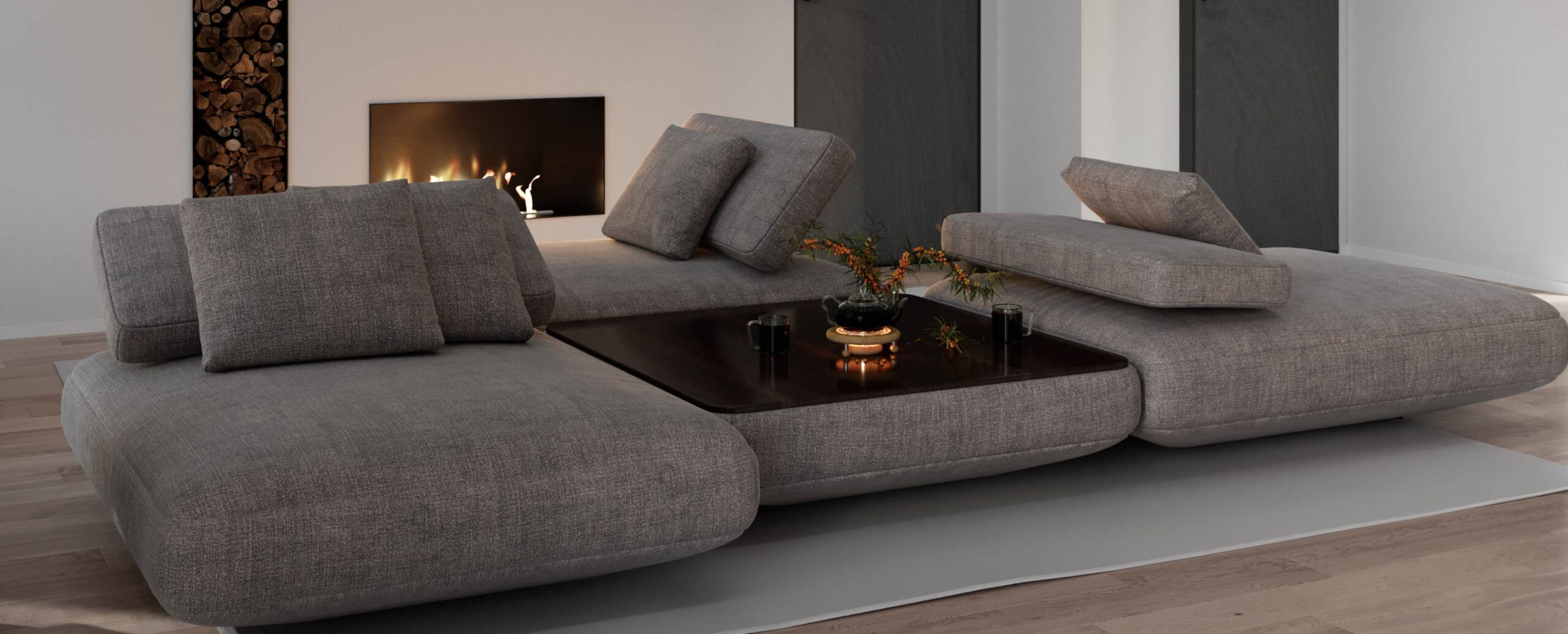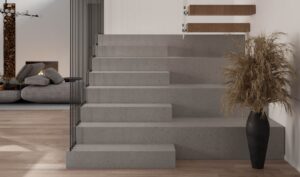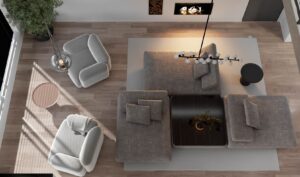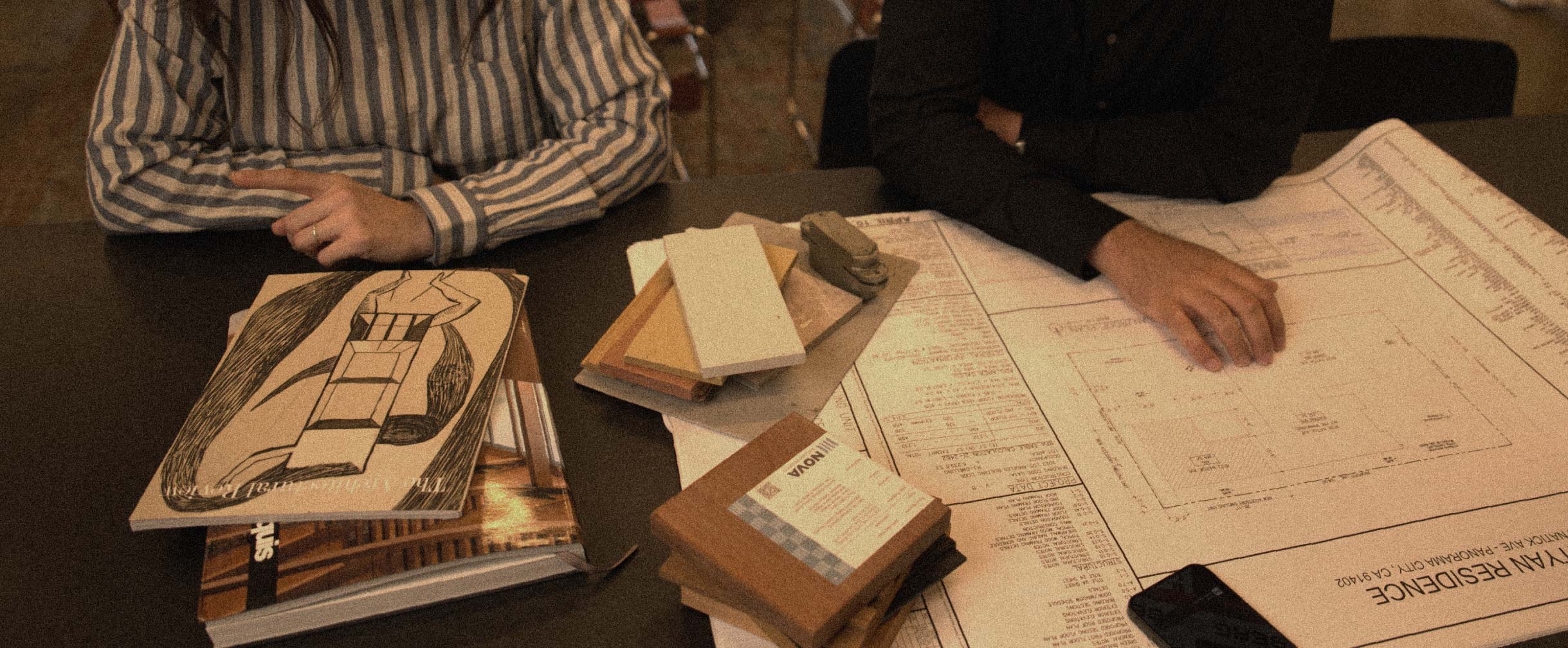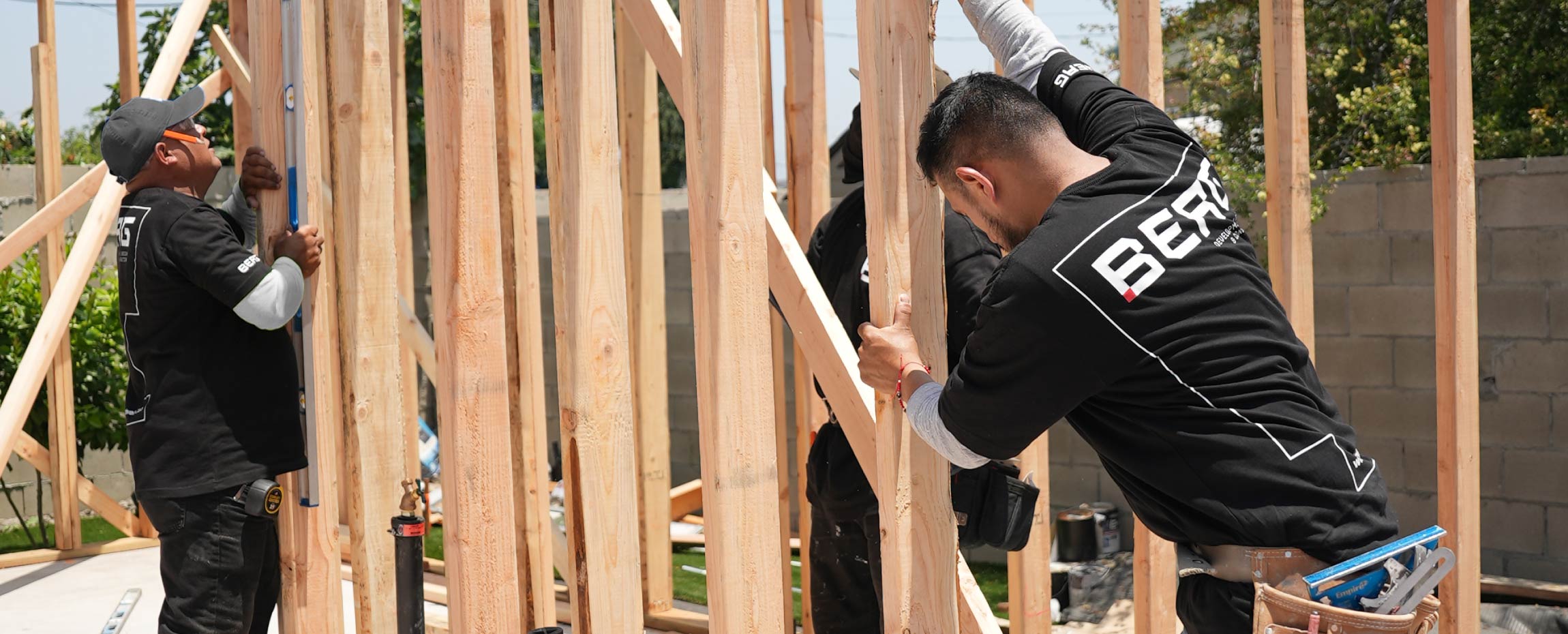Ever walked into a room that instantly made you feel calm, energized, or inspired? That’s not luck – it’s the psychology of space at work. The way a home is designed affects far more than aesthetics; it directly shapes how we feel, think, and live.
For homeowners planning an ADU, remodel, or ground-up build in California, understanding the psychology of space can be the difference between a house that looks good and a home that actually supports your life. At Berg Development, we design with more than square footage in mind – we design for comfort, focus, and productivity.
In this article, we’ll explore:
- How light, color, and layout affect mood and energy
- Why cluttered design lowers productivity (and how to avoid it)
- Design strategies for work, rest, and creativity at home
- Real examples of how Berg applies these principles in California homes
The science behind design psychology
Architects and designers have long understood what neuroscience now confirms: our environment directly impacts our mental and emotional state.
- Natural light regulates circadian rhythm, improving sleep and mood.
- Room proportions and ceiling heights influence stress and creativity.
- Clutter increases cortisol (the stress hormone), while organized spaces reduce it.
In short: the way your home is designed shapes how you live each day.
Light and space – designing for energy and calm
Natural light is one of the most powerful design elements. Homes with large windows, skylights, and light-oriented layouts feel open, fresh, and uplifting.
- For productivity: Bright, well-lit spaces boost focus and alertness – ideal for home offices or creative studios.
- For relaxation: Softer, indirect lighting in bedrooms and living rooms signals calm and rest.
Berg tip: When designing ADUs in Los Angeles, we always consider orientation and window placement to maximize natural light while maintaining privacy.
Color psychology in home design
Colors aren’t just decoration – they’re emotional triggers.
- Blue and green: Calm, focus, connection to nature
- Yellow and orange: Energy, warmth, creativity
- Neutral palettes: Balance, timelessness, flexibility
For example, a home office painted in muted greens may help concentration, while a living room with warm tones invites conversation and comfort.
Berg tip: We guide homeowners through material and paint selections, ensuring that colors align with the room’s function and your lifestyle.
Layout and flow – why clutter kills productivity
A poorly designed floor plan can make even a large home feel cramped. Spatial flow – how easily you can move through a home – has a huge impact on stress levels.
- Closed layouts may feel cozy but can block natural light and make spaces feel smaller.
- Open layouts encourage collaboration, socializing, and a sense of expansiveness.
- Dedicated zones (quiet office nooks, reading corners, hobby areas) help balance productivity with rest.
Berg approach: We use 3D modeling and design-led construction to map out how families will actually live in a space, not just how it looks on paper.
Designing for modern lifestyles – work, rest, and creativity
Since 2020, homes have had to do it all: office, gym, classroom, and sanctuary. That’s where design psychology becomes practical.
- For work: Ergonomic layouts, natural light, and quiet zones boost focus.
- For rest: Bedrooms should minimize stimuli – soft lighting, soothing colors, acoustic control.
- For creativity: Flexible, inspiring spaces (art corners, outdoor decks, hobby rooms) spark imagination.
Berg in action: In one Los Angeles ADU, we created a dual-purpose home office + guest suite – with sliding partitions and smart lighting, the space shifts seamlessly from productivity zone to relaxation retreat.
Real-world examples of design psychology at Berg Development
- Case study 1: A Glendale homeowner’s ADU with high ceilings and skylights – transforming a small unit into a stress-free retreat.
- Case study 2: A Pasadena remodel where we reconfigured layout to create separate “quiet” and “social” zones, dramatically improving family dynamics.
- Case study 3: A Burbank home with bold, warm kitchen colors to encourage family gatherings and conversations.
Each design decision wasn’t about “looks” alone – it was about how people would feel and live inside those walls.
How to apply design psychology to your own home
- Step 1: Assess your lifestyle. Do you need more focus, more calm, or more connection?
- Step 2: Choose lighting and colors accordingly.
- Step 3: Think about spatial flow. How does movement feel in your home?
- Step 4: Call in the experts. Professionals can spot inefficiencies you don’t see.
Conclusion
Your home isn’t just a structure – it’s the environment that shapes your daily well-being. By applying design psychology, Berg Development helps California homeowners build spaces that do more than look beautiful – they support comfort, focus, and productivity for decades to come.
📞 Ready to design a home that works for your life? Contact Berg Development today for a consultation.

